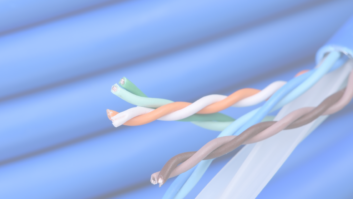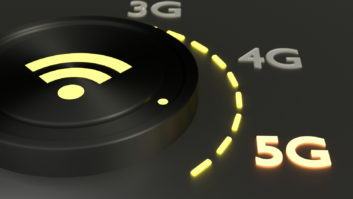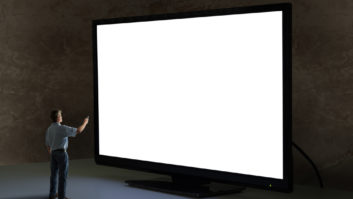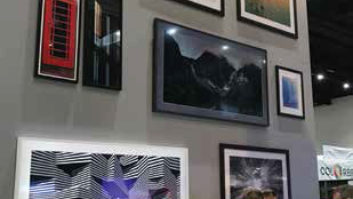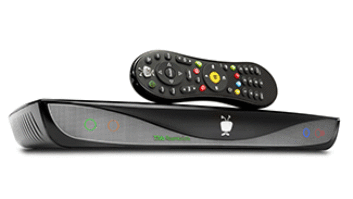Contrary to popular belief, not all cable is created equal. Simply because a box of cable says Cat 5 or Cat 5e on the label is not a guarantee that the contents are compliant with all TIA/EIA-568-A or TIA/EIA-568-A-5 electrical performance requirements.
For a little more assurance, scrutinize the label carefully to verify that the cable was produced by a manufacturer whose quality control system is certified to ISO 9001:2000. It is also important that an independent testing laboratory such as ETL or UL verify the electrical performance of the cable. Do not, however, accept an ETL or UL mark at face value, because there have been some cable imports with false marks applied. Instead check with ETL and UL. Both publish a listing of manufacturers whose cables have been verified.
In a commercial structured cabling installation, cable quality is rarely an issue because installers purchase cable from recognized manufacturers and then, after installation, verify the electrical performance of every run, with a handheld meter. Installers usually do not get paid until they submit copies of test results for each run, showing “pass” for all parameters. Any run that does not pass specific electrical performance parameters has to be immediately replaced and tested again. Tests include wire map (makes sure connections are correct), length (makes sure 100 meters is not exceeded), impedance (100 ohms nominal), attenuation (loss), near-end and far-end cross talk (noise) and return loss (reflections).
In residential installations, unfortunately electrical performance testing is rarely done. Customers, builders or homeowners generally do not request this testing due to its perceived additional cost. Installers usually do not offer testing because they are unwilling to purchase handheld testers.
The problem is that the cable winds up sealed behind a wall, and it may be years before a homeowner discovers that there is a problem. At that time it is very costly and difficult to replace a marginal, or defective cable run. Testing immediately after installation would have prevented this, because a defective cable could have been easily replaced when the walls were open.
Liability has to be a major concern for the installer, the builder or developer and the manufacturer. The Federal Communications Commission (FCC), in its Third Report and Order on Docket No. 88-57, has stated, “We envision that consumers may enforce this rule by prosecuting claims against builders and contractors that have utilized inferior wiring in new construction…for breach of implied warranty of merchantability or fitness for a particular purpose.” Once homeowners have filed a class action suit against the builder, the builder will go after the contractor, the contractor after the distributor and the distributor after the manufacturer. If the manufacturer is located overseas, the distributor may be left to foot the bill for rewiring a subdivision.
Another old adage is that “a picture is worth a thousand words.” Take a look at several graphs of test results that illustrate the difference between good and bad Cat 5/5e cable. Near-end cross talk is a very important parameter, because it measures the amount of noise in a system. Noise decreases the performance of a data network since it increases the bit error rate. Cat 5e was developed to support Gigabit Ethernet, which is 1,000 Mb/s of data throughput. The first chart (Figure 1) shows a good cable, with 10 dB of “headroom” between the measured power sum near end cross talk of the four pairs and the TIA requirement. Now take a look at a cable that fails the TIA requirements miserably
Reflections are a major problem with video transmission; return loss measures this parameter. First, lets take a look at a good cable (Figure 3). Now, look at a bad one.
Notice that the reflections are about 20 dB worse. Because a decibel is a logarithmic progression, the actual value is 100 times worse on the bad cable.
The graphs used in this article are actual test results of Cat 5e jacketed in blue from two different cable manufacturers. Now for the surprise… These were cables in a bundled and jacketed multimedia construction straight off the reel. The bad cable was bad even before it was installed! Even with the most careful installation, it would not have been able to support high-speed data or broadband video. Now do you believe in “buyer beware?”
John Pryma, PE & RCDD/LAN Specialist, is vice president and GM of the Genesis Cable Systems Structured Cable Division in Pleasant Prairie, Wisconsin.
